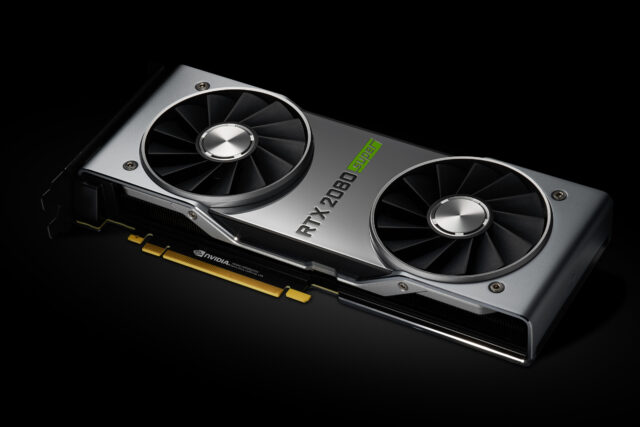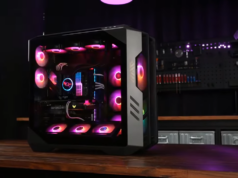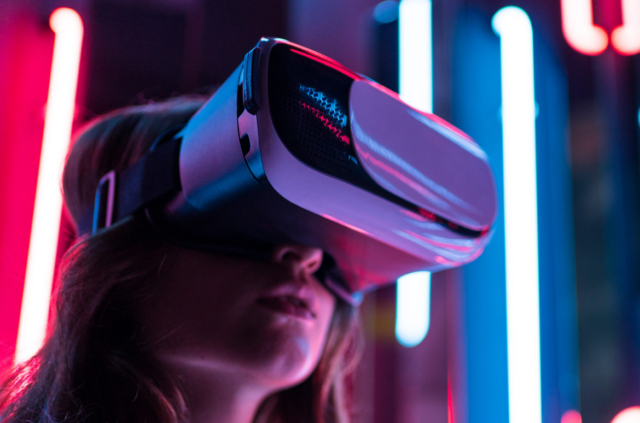
Tired of dealing with blurred visuals and choppy frame rates while gaming in VR? You’re not alone!
In this article, we’ll help you choose the best graphics card for your virtual reality setup so you can get the immersive experience you deserve.
Factors to Consider When Choosing a Graphics Card for VR
There are many factors to consider when selecting a graphics card for virtual reality (VR). It is important to choose the right card that will provide smooth and immersive experiences in VR.
The most important factor to consider is the type of graphics card you need. Graphics cards are typically classified by their performance class, starting from entry-level up to professional models.
Entry-level cards will offer basic functionality, while more powerful models can provide additional features and significantly improved performance.

The type of games you intend to play should also be considered when making a purchase decision as some games are particularly demanding on graphics hardware.
The amount of video RAM your graphics card has is also a key consideration, as this determines how many textures and objects can be stored in memory during an intensive gaming session.
Furthermore, if you plan on using multiple displays or connecting your PC or console to an HDTV, you may want to opt for a model that supports multiple video outputs for simultaneous connections.
Additionally, buying a high-end model with 4K visuals support ensures compatibility with 4K monitors and TVs for pixel-perfect detail even on larger screens.
Finally, it’s important to check compatibility with your existing system before making a purchase — some cards require additional ports and capacities which may not be available on older PCs or laptops.
Additionally, if you plan on overclocking your components or running dual GPU systems then further research should be done as specific motherboards may be needed in order to do so successfully.
Top Graphics Cards for VR
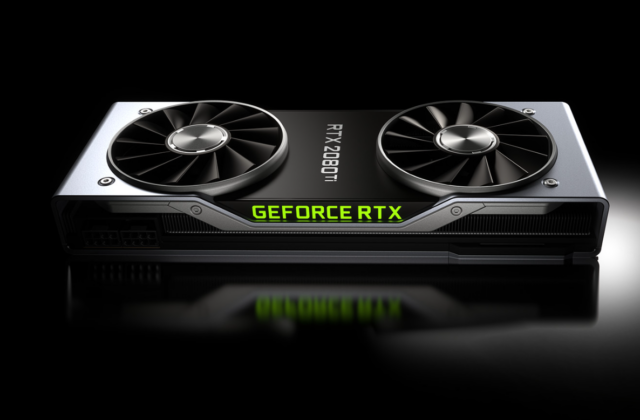
When using Virtual Reality (VR), you need a top-of-the-line graphics card to ensure that your game will run smoothly and without interruption.
There are many factors to look into when choosing a VR-capable graphics card including size, performance level, price, compatibility with various operating systems and of course best visuals.
Here is a list of the four best graphics cards for virtual reality gaming on the market today.
- NVIDIA GeForce RTX 2080 Ti: The RTX 2080 Ti offers an incredible level of performance for the most demanding games in 4K and even 8K resolution with support for ray tracing technology and Artificial Intelligence enhancement features.
- NVIDIA GeForce RTX 2080 Super: Powered by over 30 shader cores, 8GB GDDR6 VRAM, and the latest Turing architecture, this GPU can handle any Virtual Reality application while still providing great visuals. The low power consumption means it is ideal for all kinds of gaming needs without having to worry about overheating or power complications.
Source: notebookcheck.net - AMD Radeon VII: This AMD Radeon Graphics Card packs extreme levels of HD quality enhancement processing as well as 16 GB High Bandwidth Memory (HBM2) allowing even more incredible visuals regardless of 3D content or 2D gaming performance you choose to pursue from either Oculus Rift or HTC Vive. This efficient device is an excellent choice if you’re looking to increase simultaneous VR campaigns in an enterprise environment or play intense gaming sessions across multiple monitors at once like Flight Simulators or simulations where demands are high but thermal control needs to be managed well.
- AMD RX Vega 64 Liquid Cooled Edition: Assembled with a distinctive liquid cooling system , Vega 64 tackles running extensive 3D applications and 4k videos like a breeze keeping temperatures under control during stressful sessions right up until total throttling wipes out before achievement. With 8GB HBM2 VRAM the combination of unlocking hidden levels in visible detail results in an absolutely outstanding and generally positive experience considering hardware costs within reasonable limits.
Source: tweaktown.com
Tips for Optimizing Graphics Card Performance for VR
To ensure the best possible experience when using a virtual reality headset and graphics card, it is important to optimize the graphics card settings. Different VR headsets have different requirements, but there are a few general tips that can optimize performance for all models.
Start by setting the graphics card’s power level to “normal” or “optimal.” This will ensure you get the best visuals while using less power. In addition, increase your in-game frames per second (FPS). Lower FPS could lead to stuttering and lag, which can be distracting and uncomfortable in a virtual environment. Try to maintain at least 90 FPS for optimal performance.
In many cases, simply upgrading the graphics card or updating its drivers can fix any issues that may be causing VR performance issues. Upgrade with caution – make sure you know what type of card your system needs before making any purchases!

You should also reduce or turn off visual special effects such as anti-aliasing (AA) and anisotropic filtering (AF) as these features use significant processing resources that could take away from your overall graphical performance.
Reducing post-process effects such as motion blur and blur also helps improve overall GPU performance in virtual reality apps. To further optimize graphical performance, try disabling any applications running in the background that may be interfering with your gaming experience.
Conclusion
When shopping for the best graphics card for Virtual Reality, there are several factors you should take into consideration. Choose a graphics card that supports the resolution, vivid colors, and high refresh rate that a smooth and immersive gaming experience requires.
Keep in mind the virtual reality system you’re using as well; PC users need to make sure their system meets the requirements of their chosen headset.
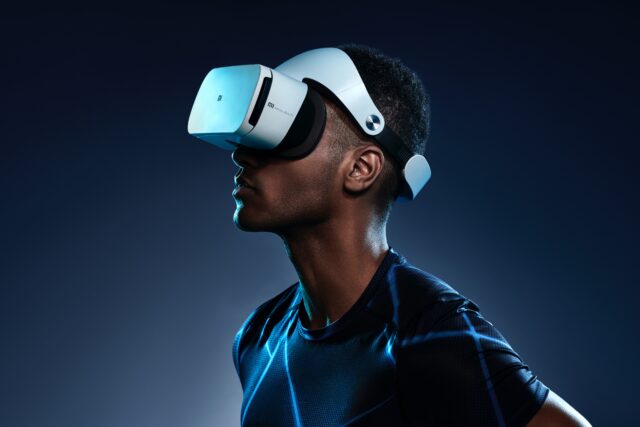
Above all else, you want your system to go beyond simply meeting minimum specifications so that you’re sure it can provide an optimal gaming experience with no stuttering or lag.
These days, finding a graphics card that suits your budget is likely to be easier than ever before given the range of choices available on the market today.
Once you have figured out what your needs are, make sure to compare different cards and read reviews before making your purchase!

